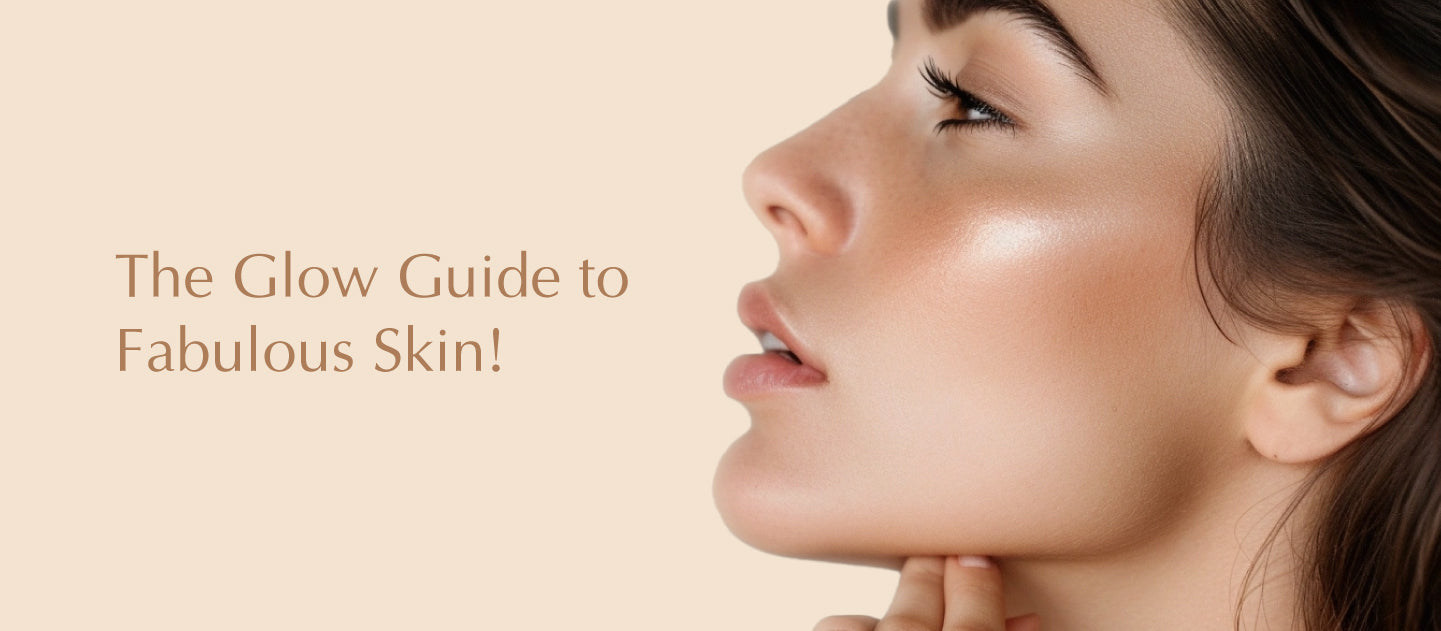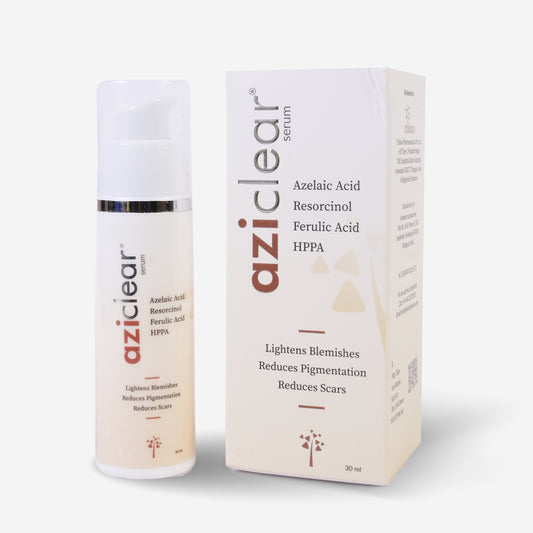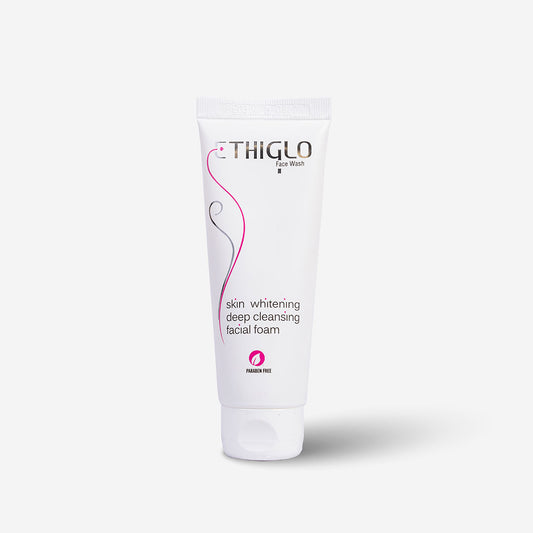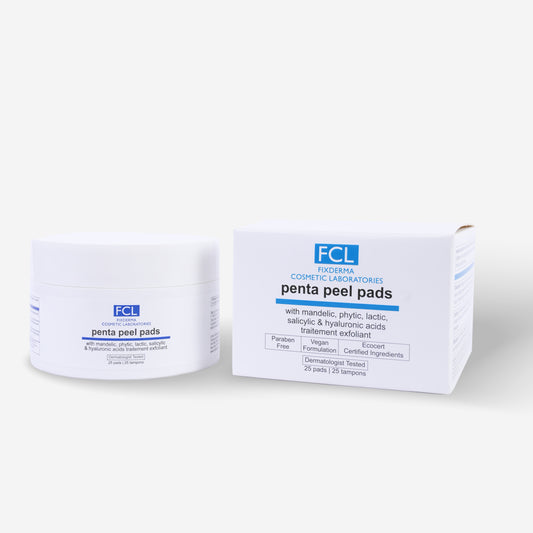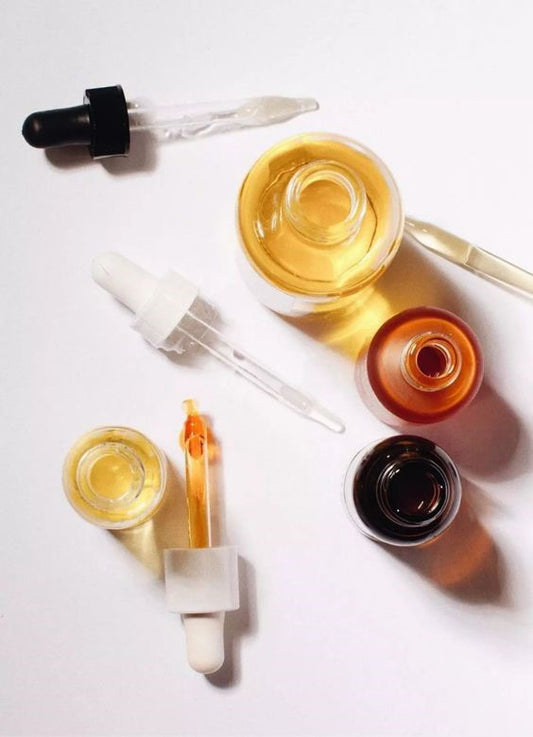Navigating the World of Skincare Acids for Radiant and Healthy Skin
In the ever-evolving world of skincare, staying abreast of the latest trends and ingredients is essential for maintaining a radiant complexion. Among these trends, the integration of skincare acids has garnered significant attention. These acids offer transformative effects, making them indispensable components of modern skincare routines. However, the world of skincare acids can be complex, requiring knowledge and care to ensure effective and safe integration of multiple acids for optimal results.
Popular Skincare Acids and Their BenefitsHyaluronic Acid
Despite not being an exfoliating acid, hyaluronic acid stands out for its remarkable hydrating properties. Derived from natural sources, it is a carbohydrate found in the human body. Hyaluronic acid helps the skin retain moisture, leading to a plumper and smoother appearance.
Glycolic Acid
Derived from sources like sugarcane, sugar beets, pineapple, cantaloupe, and unripe grapes, glycolic acid is an Alpha Hydroxy Acid (AHA). It is renowned for its exfoliating prowess, as it removes dead skin cells, enhances skin texture, and addresses concerns such as uneven skin tone and fine lines.
Salicylic Acid
Extracted from the bark of white willow and wintergreen leaves, salicylic acid is a Beta Hydroxy Acid (BHA). It is highly effective in treating acne-prone and oily skin. This acid penetrates pores, unclogging them and reducing acne breakouts.
Lactic Acid
Another AHA, lactic acid is sourced from milk. It gently exfoliates the skin, resulting in improved texture and tone. It is produced by fermenting carbohydrates like glucose, sucrose, lactose (found in milk), or by chemical synthesis, making it a suitable option for sensitive skin.
Ascorbic Acid (Vitamin C)
Abundant in citrus fruits, stone fruits, berries, peppers, and green vegetables, ascorbic acid is celebrated for its antioxidant properties. It brightens the skin, diminishes dark spots, and stimulates collagen production.
Azelaic Acid
Naturally found in wheat, rye, and barley, azelaic acid boasts both exfoliating and anti-inflammatory properties. It is employed to tackle issues like acne and hyperpigmentation.
Mandelic Acid
Extracted from bitter almonds, mandelic acid is a gentle AHA. Its larger molecular size renders it suitable for those seeking gentler exfoliation. It addresses concerns like uneven skin tone and acne.
Lactobionic Acid
A Poly Hydroxy Acid (PHA), lactobionic acid is derived from oxidized lactose found in milk. It offers exfoliation benefits similar to other AHAs but with a larger molecular size, making it a milder option for sensitive skin.
Gluconolactone
Sourced from gluconic acid and manufactured from corn, gluconolactone is another PHA. It provides exfoliation benefits while being well-tolerated by sensitive skin.
Ferulic Acid
Present in plants like rice, wheat, oats, and pineapple, ferulic acid is often combined with vitamins C and E. It offers antioxidant properties and enhances the effectiveness of other skincare ingredients.
Kojic Acid
Derived from Aspergillus and Penicillium fungi, kojic acid is renowned for its skin-brightening effects. It addresses hyperpigmentation, dark spots, and uneven skin tone.
Retinoic Acid (Retinoids)
Derived from vitamin A, retinoic acid promotes skin cell turnover and collagen production. It is effective in treating acne, reducing fine lines and wrinkles, and enhancing overall skin texture.
Combining Acids Safely
In the realm of skincare, the concept of combining different acids has garnered immense interest, thanks to the potential to amplify skin texture, appearance, and overall health. With a plethora of skincare products infused with a variety of acids available in the market, it's crucial to navigate this terrain with careful consideration, taking into account individual factors and seeking expert advice. By understanding your skin's unique sensitivities, gradually introducing acids, seeking professional guidance, practicing exfoliation in moderation, and adjusting usage frequency, you can harness the numerous benefits of acids while minimizing potential risks and nurturing your skin's health and radiance.
When it comes to combining acids, it's important to address the categories of exfoliating acids: Alpha Hydroxy Acids (AHAs) and Beta Hydroxy Acids (BHAs). While both play pivotal roles in enhancing skin texture and unclogging pores, their distinct characteristics necessitate a thoughtful approach to integration. The combination of AHAs and BHAs can indeed be advantageous, especially for individuals with diverse skincare needs. However, meticulous planning is essential to prevent the pitfalls of over-exfoliation and potential skin sensitivity.

© Pinterest
Furthermore, the introduction of ingredients like retinoids alongside acids requires a cautious approach. This is particularly relevant when dealing with alpha hydroxy acids (AHAs) and beta hydroxy acids (BHAs). Combining these exfoliating agents demands attention, as an unsuitable pairing can lead to heightened skin sensitivity, redness, and even compromise the skin's natural barrier function. It's noteworthy that certain combinations of strong acids can deliver remarkable results for concerns like acne scars and pigmentation, but these procedures are best administered in a clinical setting under the supervision of a trained professional.
Before incorporating a combination of acids into your skincare regimen, it's essential to be aware of the following considerations:
Skin Sensitivity
The wide array of acid combinations available underscores the importance of acknowledging that not all combinations suit every skin type. Skin sensitivity varies from person to person. While some individuals can tolerate a range of acids without issue, others might experience redness, itching, or irritation. Prior knowledge of your skin's sensitivity level is crucial before embarking on a multi-acid routine, as this awareness can prevent potential adverse reactions.
Tolerance
Understanding your skin's tolerance towards acids is paramount. While these acids can contribute to exfoliation and skin rejuvenation, it's vital to recognize the limits of your skin's endurance. Gradually introducing new acids and closely monitoring your skin's response over time are fundamental to ensuring a beneficial and safe experience. This is particularly crucial for individuals with sensitive skin, who should consider seeking professional advice before introducing multiple acids into their routine.
Professional Guidance
The expertise of a qualified skincare professional proves invaluable on this journey. Skincare experts possess the knowledge to assess your specific skin type, concerns, ongoing treatments, and recommend a tailored regimen that aligns with your unique needs. Their insights can prevent potential irritations or complications stemming from improper acid combinations.
Exfoliation Balance
The art of exfoliation lies in striking a balance between its benefits and the risks of over exfoliation. Excessive exfoliation through acids can compromise the skin's natural barrier function, leading to unwelcome consequences such as heightened sensitivity to the sun, tanning, and irritation. Therefore, adopting a meticulously balanced exfoliation routine, along with careful consideration of the types of acids used and their frequency, is indispensable for maintaining a resilient skin barrier.
In conclusion, while combining acids holds potential for remarkable skincare results, the journey requires an informed and cautious approach. By considering your skin's unique attributes, consulting professionals, and practicing moderation, you can safely navigate the world of multi-acid regimens. Remember, the ultimate goal is to optimize the benefits of various acids while prioritizing the long-term health and radiance of your skin.
Using Multiple Acids Safely: Dos and Don'ts
Dos:
Patch Test
Always perform a patch test before using multiple acids to ensure your skin's compatibility with the products.

Start Slowly
Introduce one acid at a time into your routine, allowing your skin to adapt before incorporating additional acids.
Know Your Skin Type
Choose acids based on your skin type and specific concerns to tailor your skincare regimen effectively.
Research pH Levels
Understand the optimal pH levels for each acid to ensure they function effectively.
Layer Lightest to Thickest
Apply your acids in order of consistency, beginning with the thinnest and concluding with the thickest products.
Use Sunscreen
Protect your skin from heightened sun sensitivity caused by acids by applying broad-spectrum sunscreen daily.

© Pinterest
Don'ts:
Don't Over-Exfoliate
Avoid using multiple exfoliating acids simultaneously or excessively, as this can compromise your skin's health.
Don't Rush
Gradually introduce new acids to prevent overwhelming your skin and causing irritation.
Don't Mix Incompatible Ingredients
Refrain from combining acids with ingredients like retinoids without professional guidance.
Don't Ignore Irritation
If you experience redness, burning, itching, or excessive dryness, discontinue use of the acids causing these reactions.
Don't Skip Moisturization
Complement your acid routine with moisturizers to maintain skin hydration and barrier function.
Don’t Use When Pregnant
During pregnancy, exercise caution with potent acids. Seek advice from professionals before introducing acids into your routine.
Don’t Use Before In-Clinic Treatments
Avoid using acids before professional treatments, as they can increase skin sensitivity.

Don’t Use Before Holidays
Refrain from using acids a few days before vacations to prevent potential skin irritation from sun exposure.
Don't Skip Professional Advice
Consult skincare professionals to receive personalized guidance tailored to your skin's needs.
Safely Combining Different Acids
Hyaluronic Acid
Safely combine with exfoliating and active acids to balance hydration levels.
Kojic Acid
Approach with caution due to potential sensitivity. Start slowly and monitor skin reactions.
Ascorbic Acid
Combine with antioxidants, peptides, and hyaluronic acid. Avoid simultaneous use with exfoliating acids without professional advice.
Ferulic Acid
Compatible with various exfoliating acids, enhancing antioxidative benefits.
Lactic Acid
Safely combine with other AHAs and even BHAs for comprehensive skin renewal.
Glycolic Acid
Combine with other AHAs, BHAs, and antioxidants, being cautious due to its potency.
Salicylic Acid
Versatile and compatible with various acids and active ingredients for a holistic skincare approach.
Conclusion
Incorporating multiple skincare acids requires a well-informed and cautious approach. By understanding your skin's unique needs, introducing acids gradually, and seeking professional guidance when needed, you can create a balanced and effective skincare routine. Remember that individual reactions can vary, so monitoring your skin's responses is essential. With the right knowledge and care, you can harness the potential of multiple acids to achieve your skincare goals while maintaining the health and vitality of your skin.





